You Have Arrived: The Gateposts of Prospect Park South
If you are wandering through the Flatbush neighborhood of Prospect Park South, you may stumble across some concrete and brick gateposts.

If you are wandering through the Flatbush neighborhood of Prospect Park South, you may have stumbled across some of its concrete and brick gateposts. They were installed by developer Dean Alvord to mark the perimeters of his new housing development.
Planned as a “rural park within the limitations of the conventional city block and city street,” as he put it, Alvord purchased about 50 acres of land in 1899, installed streets divided by green parkways and began construction on picturesque single-family, detached houses.
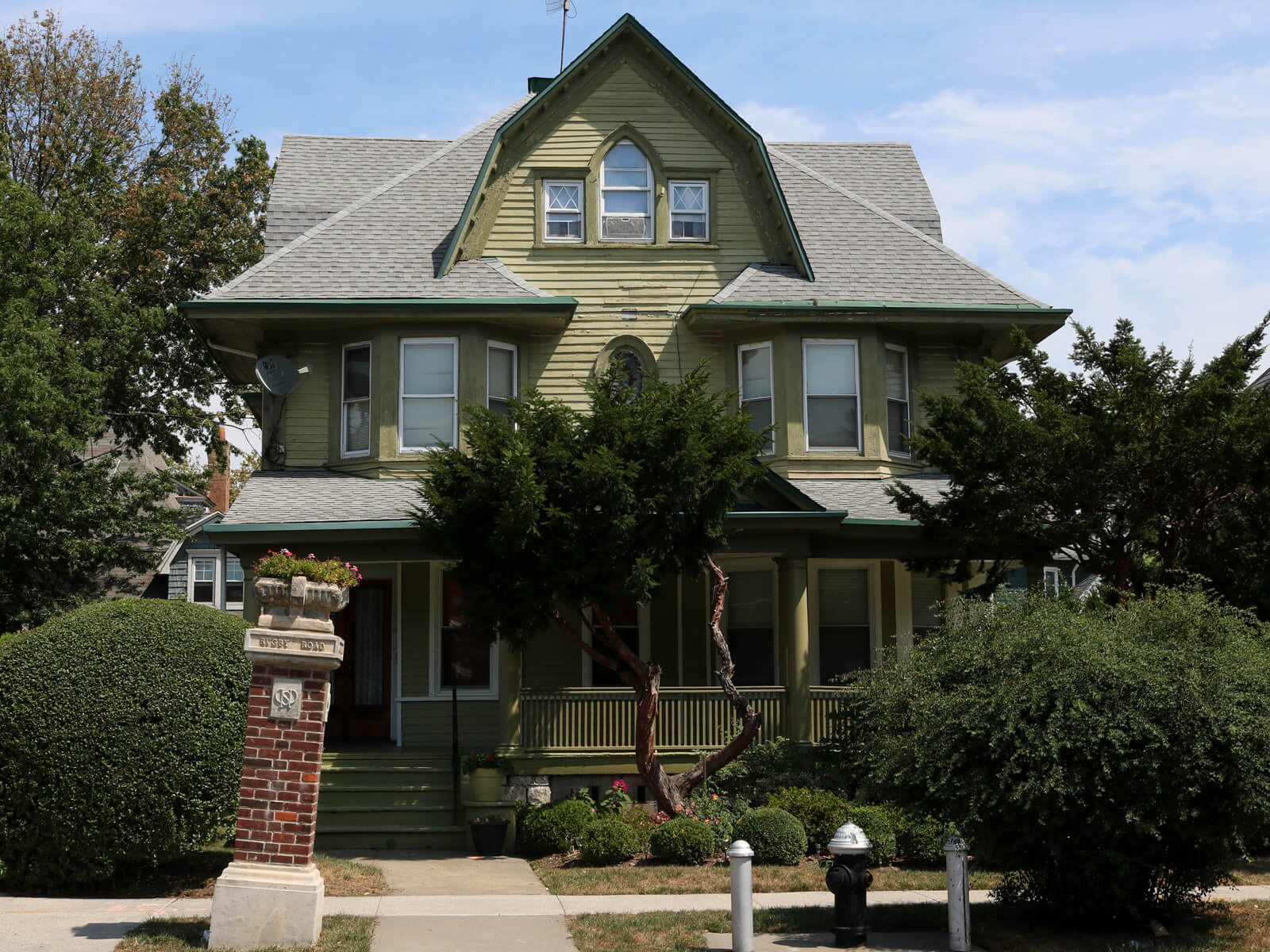
It was not the first time that gateposts were used to mark the entrance to a new development in Brooklyn. In 1886, Richard Ficken installed brick gateposts at his Tennis Court development, also in Flatbush.
About 24 gateposts remain, primarily along Church Avenue and Beverly Road. Though some may have been rebuilt over the years, they all still have the important “PSP” monogram to signify the entrance to the neighborhood.

The brick posts are capped with concrete and labelled on each side with the name of the street the gatepost faces. On top are planters, still maintained with changing floral displays.
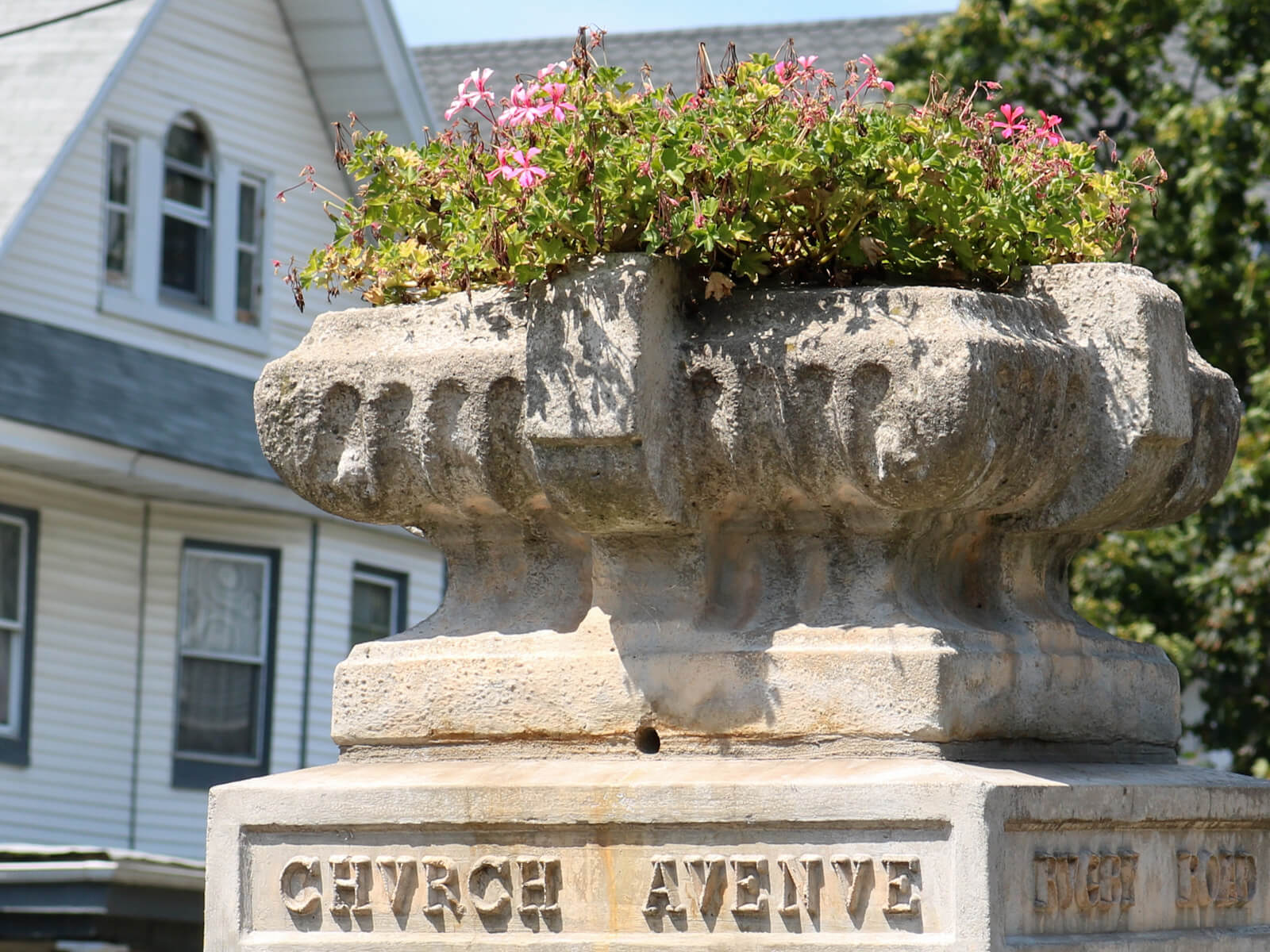
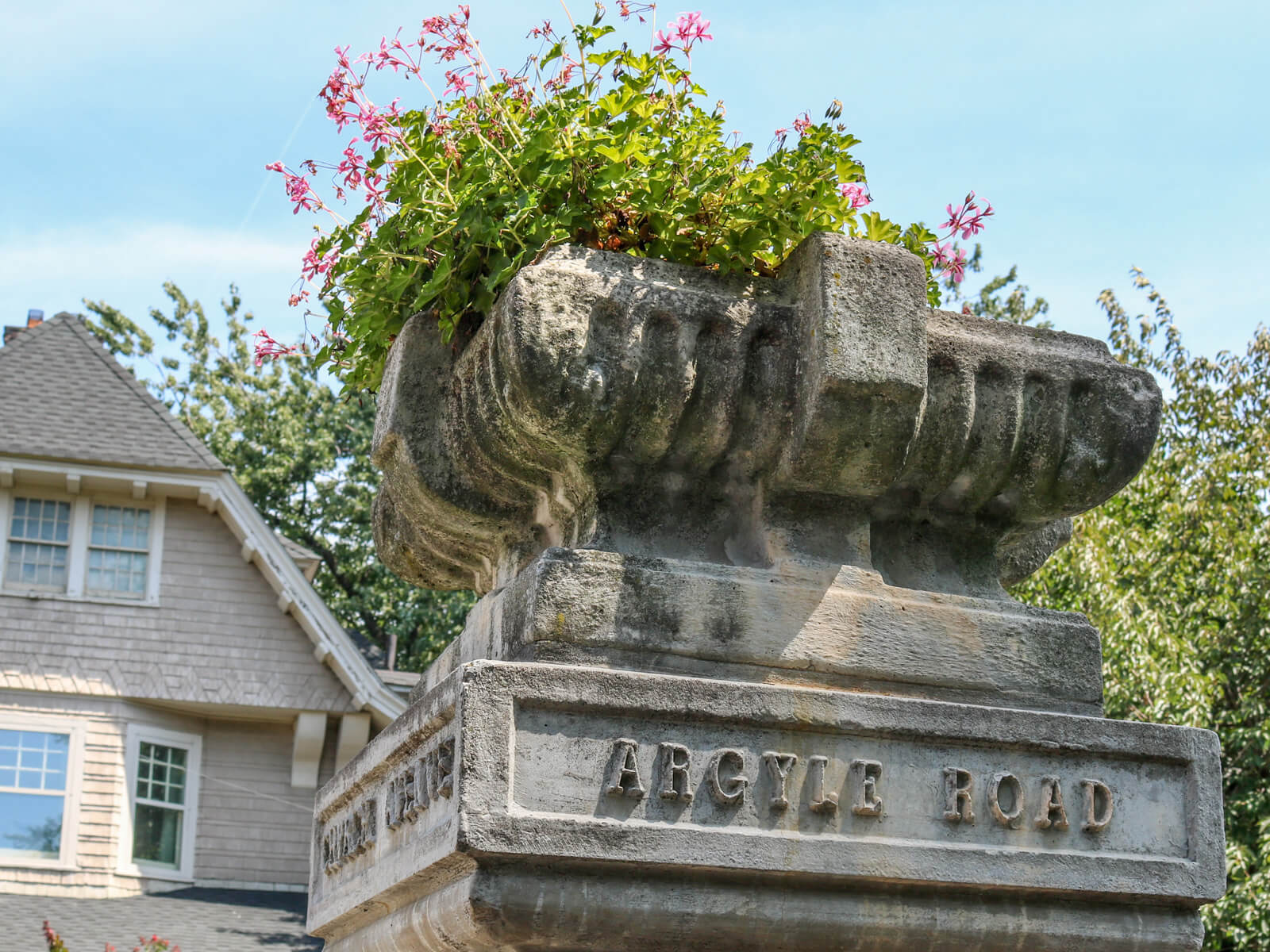
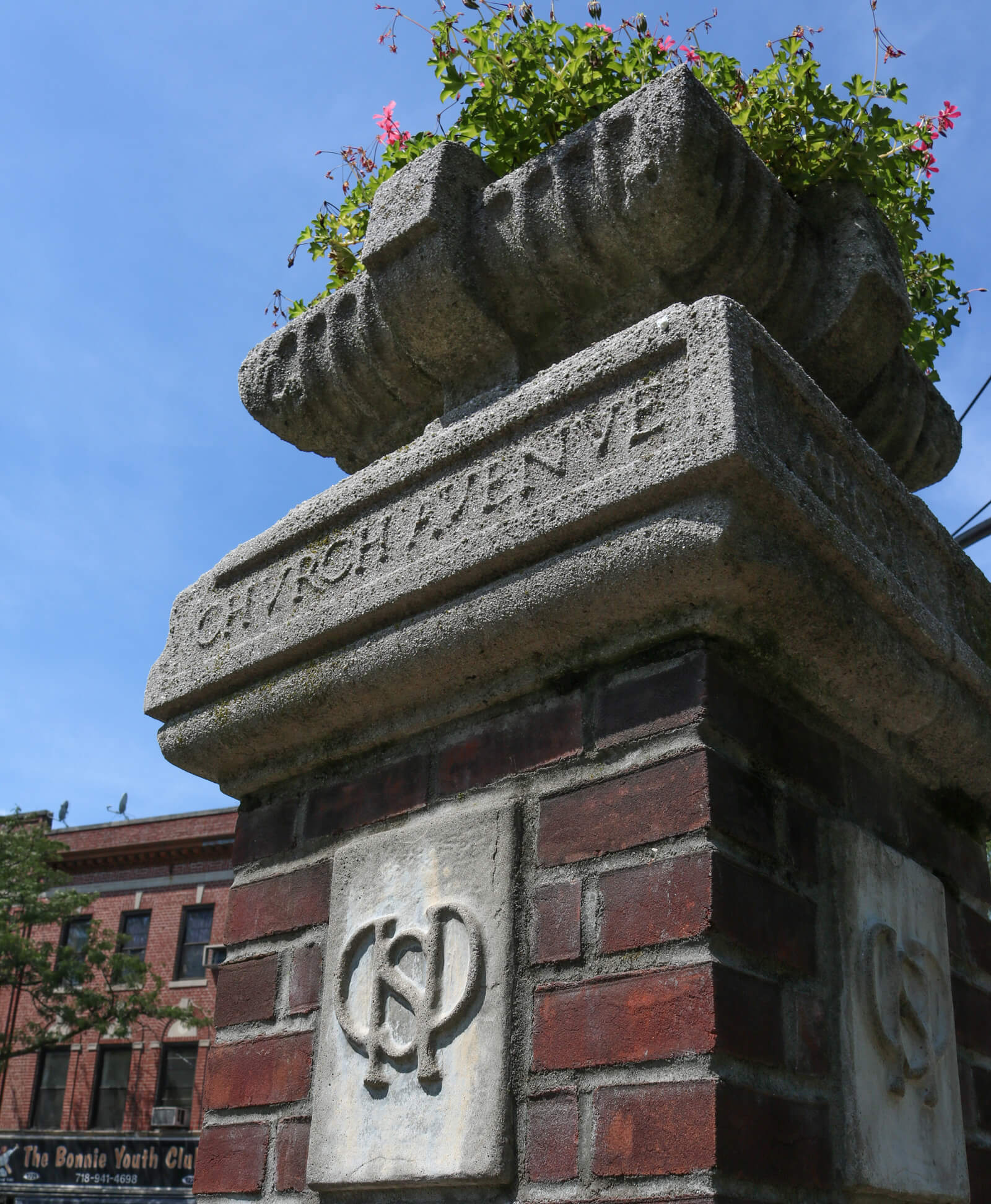
[Photos by Susan De Vries]
Related Stories
- The Art of Building Dreams
- Building of the Day: 1510 Albemarle Road
- How Prospect Park’s Gardens, Groves and Villas Got Their Names
Email tips@brownstoner.com with further comments, questions or tips. Follow Brownstoner on Twitter and Instagram, and like us on Facebook.

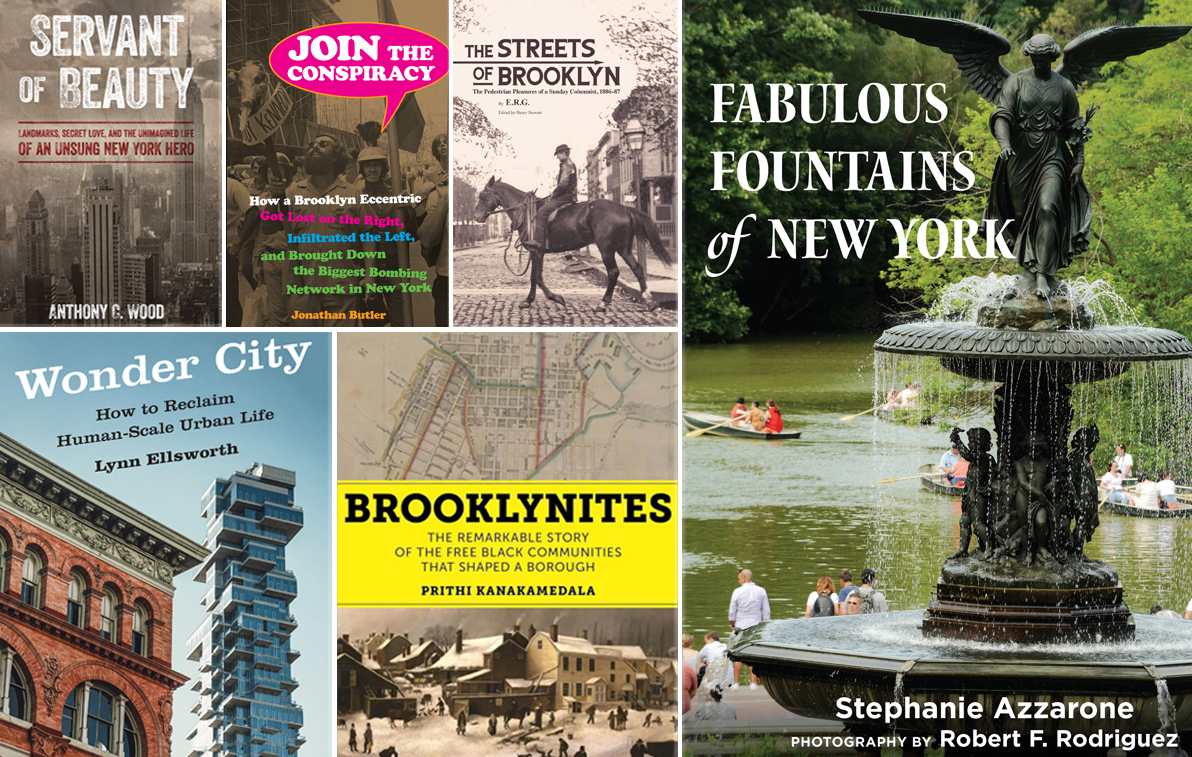
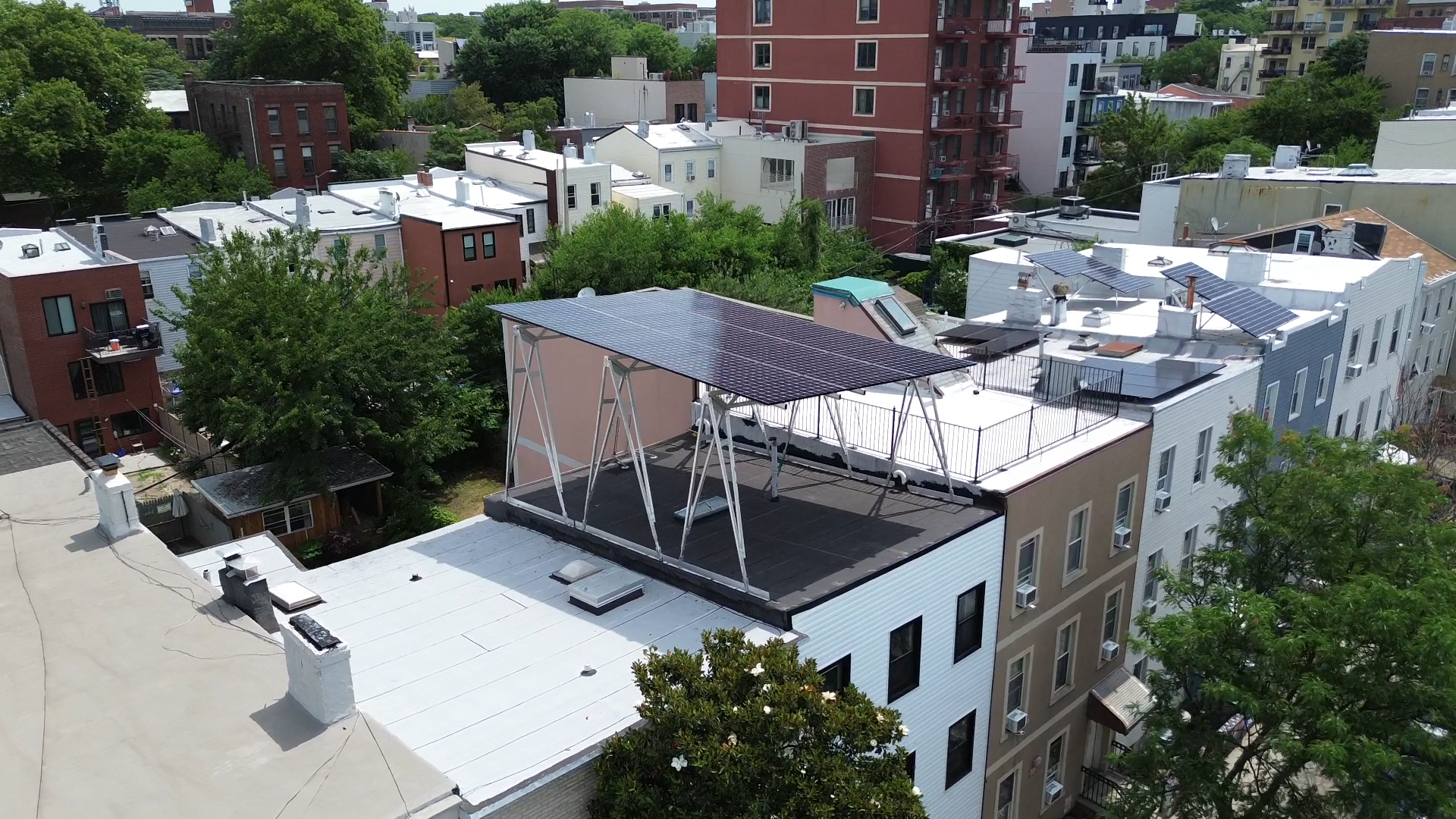
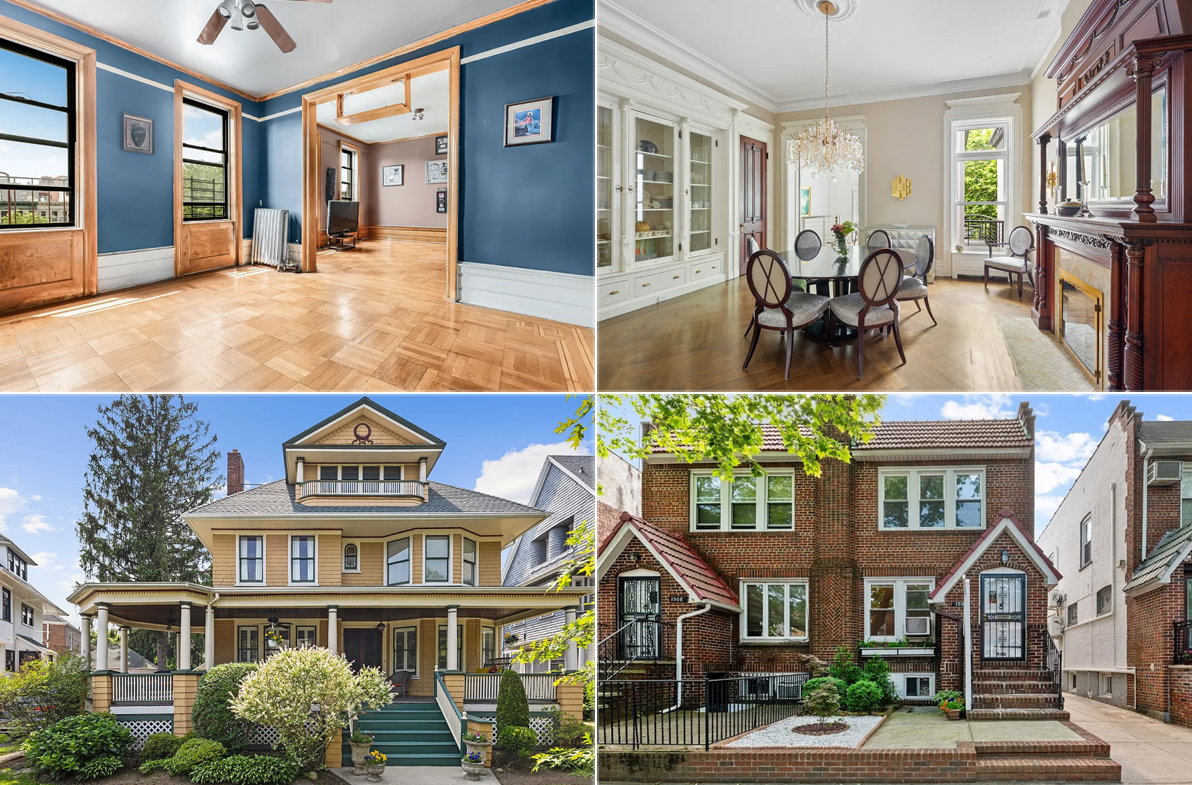
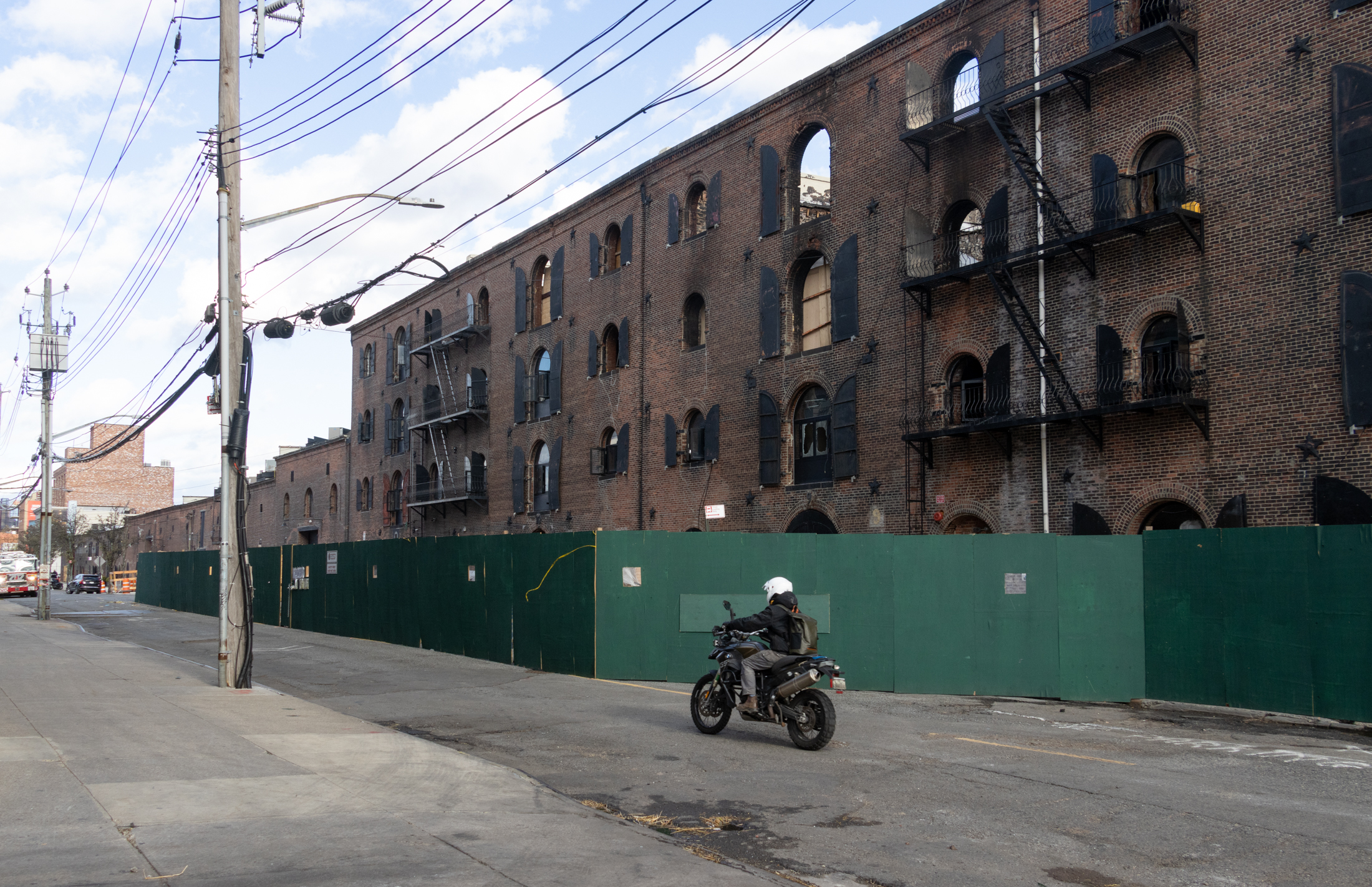
What's Your Take? Leave a Comment